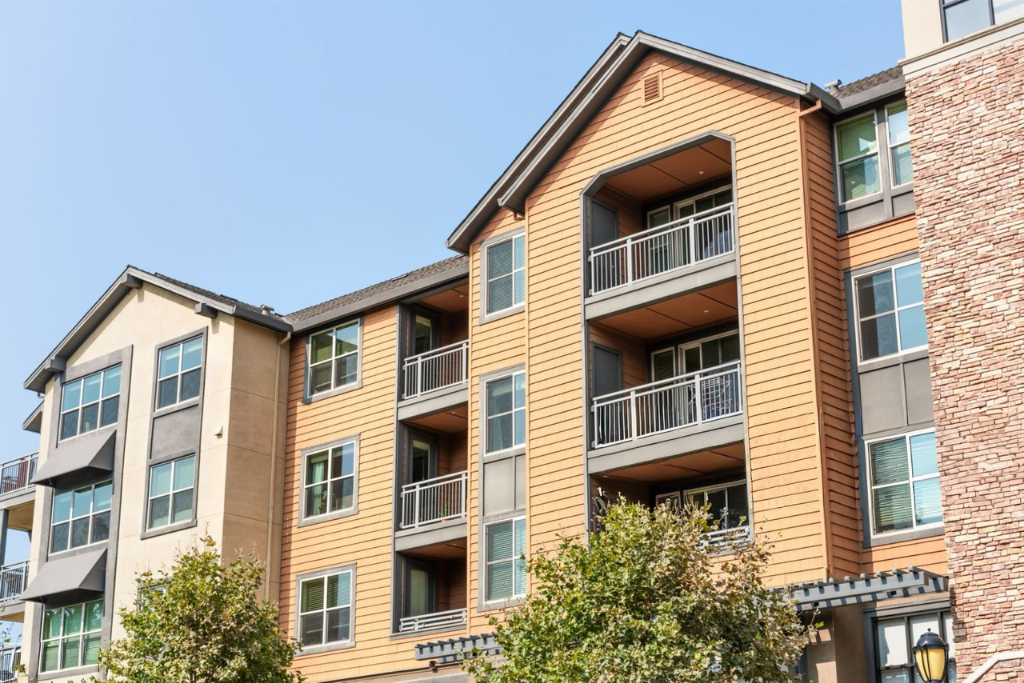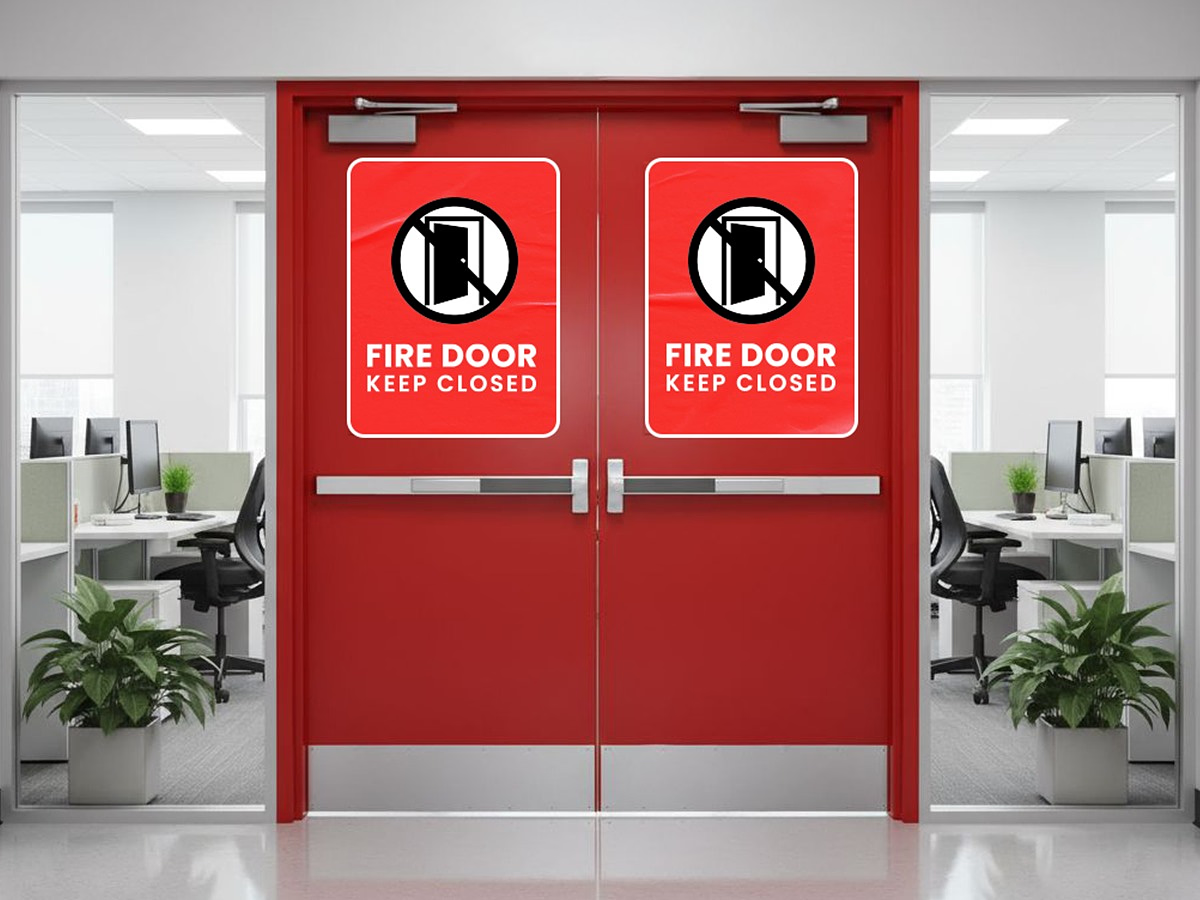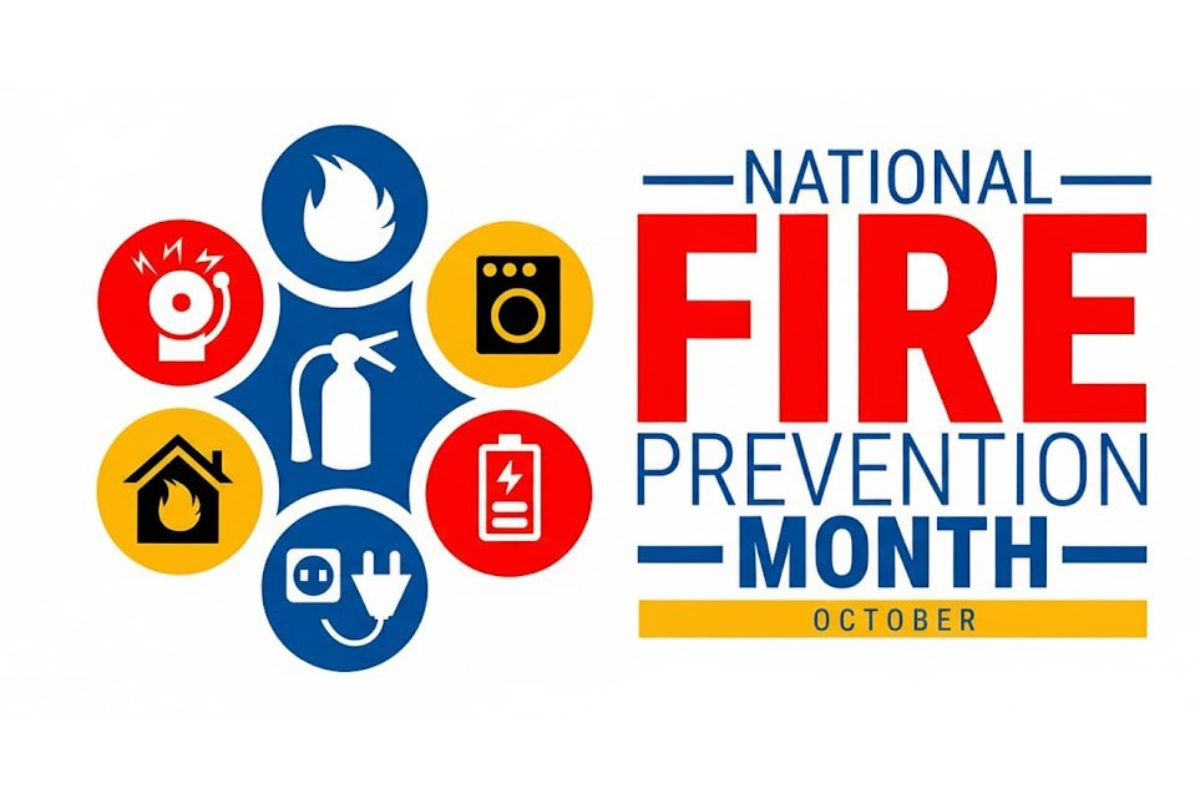The Smart Way to Handle Fire Safety Staffing Shortages
Picture this: It's 3 AM, and your fire alarm system just failed. You need a certified technician immediately, but here's the problem—there aren't enough qualified professionals to go around.
Welcome to the fire safety industry's biggest challenge in 2025.
If you're a property manager, HR director, or commercial property manager in Southern California, you've probably felt this pain firsthand. Emergency calls that used to be scheduled within 24 hours now take days or weeks. Costs have skyrocketed. And finding reliable technicians? It's like searching for a needle in a haystack.
But what if we told you there's a smarter way to handle this crisis?
The Reality Check: How Bad Is the Staffing Shortage?
Let's be honest—the numbers are pretty sobering.
The National Fire Protection Association's 2025 Industry Trends Survey reveals that 37% of organizational spending will focus on hiring this year [1]. That's not a small adjustment—that's a complete business priority shift.
Here's what's really happening:
- Only 1-2 new workers join for every 10 experienced professionals leaving the industry
- Half of skilled tradespeople cite shortage of qualified candidates as their top challenge
- 31% point to retirement as a major workforce issue
- Another 31% struggle with retention problems
The Southern California Factor
Our region faces extra challenges. High living costs make it tough to attract technicians. Plus, the recent Fire Hazard Severity Zone expansion affecting 1.4 million additional acres has increased demand right when we can least handle it [3].
Think about it: more properties need fire protection services, but fewer people can provide them. It's basic supply and demand—and it's not in our favor.
📞 Concerned about technician availability for your properties?
Fire Testing Solutions offers reliable, scheduled maintenance that doesn't depend on emergency availability.
Call 866-757-8378 to discuss your needs.
Book a Meeting: https://www.firetestingsolutions.com/contact
Reactive vs. Preventative: Why Your Current Approach Isn't Working
Most property managers still use the "fix it when it breaks" approach. We get it—it seems cheaper upfront.
But here's the reality check: Emergency service calls now cost 2-3 times more than scheduled maintenance [4]. And that's just the beginning.
The Hidden Costs of Reactive Maintenance:
- Business interruption during system downtime
- Compliance violations up to $10,000 per day
- Insurance complications and potential policy issues
- Staff overtime and operational disruptions
- Premium pricing for emergency technician availability
The Preventative Alternative
Preventative maintenance flips the script entirely. Instead of waiting for failures, you schedule regular check-ups when technicians are available and costs are predictable.
Research shows preventative maintenance delivers an average 400% return on investment while reducing overall maintenance costs by
12-18% [4]. For every dollar you invest, you save up to $5 in emergency repairs and compliance costs.
The Business Case That Actually Makes Sense
Let's talk numbers that matter to your bottom line.
| Approach | Annual Cost Range | Emergency Risk | 5-Year Total |
|---|---|---|---|
| Reactive | Higher baseline | 60% chance | Significantly higher |
| Preventative | Lower baseline | 15% chance | Substantially lower |
How to Reduce Your Technician Dependency
The key is working smarter, not harder. Here's how successful property managers are adapting:
1. Predictable Scheduling
Instead of competing for emergency availability, establish regular maintenance schedules. This gives you:
- Guaranteed technician availability
- Competitive pricing for scheduled work
- Better budget planning
- Stronger service relationships
2. Smart Task Distribution
Not every job needs a master technician. Preventative programs let you:
- Use general technicians for routine inspections
- Reserve specialists for complex work
- Maximize value from scarce expert technicians
- Maintain service continuity even when specialists are unavailable
3. Technology Integration
Modern systems reduce human dependency through:
- Remote monitoring providing 24/7 system status
- Predictive maintenance alerts preventing failures
- Automated compliance reporting
- Early warning systems for potential issues
Properties with comprehensive monitoring report up to 40% fewer emergency technician visits [4].
Insurance Savings That Add Up
Here's something many property managers don't realize: well-maintained fire systems directly impact your insurance premiums.
Current discount ranges for 2025 include:
- Automatic Sprinkler Systems: 5-45% discount (up to 60% for comprehensive systems)
- Centrally Monitored Fire Alarms: 5-10% discount
- Fire Extinguishers/Standpipe Systems: 2-5% discount [4]
These insurance savings alone often cover your entire preventative maintenance program costs.
Equipment Lasts Longer Too
Preventative maintenance extends fire system component life by 40-60% [4]. That means:
- Fire alarm control panels last 5-8 additional years
- Smoke detection systems get 3-5 extra years of service life
- Fewer major capital expenditures
- Better budget predictability
📞 Want to calculate potential savings for your specific properties? Our team provides free cost-benefit analyses.
Schedule your consultation at 866-757-8378.
Book a Meeting: https://www.firetestingsolutions.com/contact
Southern California's Unique Challenges
Our regulatory environment makes preventative maintenance even more critical.
Complex Local Requirements
Each jurisdiction has its own amendments to the California Fire Code. Your Authority Having Jurisdiction (AHJ) might require:
- More frequent inspections
- Additional system features
- Enhanced documentation
- Stricter interpretations of state codes
2025 Fire Hazard Severity Zone Changes
CAL FIRE's new maps significantly increase affected parcels. Properties in newly classified zones may need:
- Enhanced system capabilities
- More frequent inspections
- Additional documentation requirements
- Upgraded maintenance protocols [5]
Proposed NFPA 2025 Impacts
The upcoming code changes could increase fire safety budgets by 25-40% for implementation and 15-25% for ongoing costs [6]. Properties with established preventative maintenance will handle these changes much better.
📞 Need help navigating Southern California's complex fire safety regulations? Our local experts understand
every jurisdiction's requirements. Contact us at 866-757-8378.
Book a Meeting: https://www.firetestingsolutions.com/contact
Your Action Plan: Getting Started
Ready to make the switch? Here's your roadmap:
| Step | What to Do |
|---|---|
| 1. Assessment | Document all your fire protection systems |
| Review past maintenance records | |
| Check for compliance gaps | |
| Note any system issues | |
| 2. Program Design | Set up maintenance schedules |
| Choose your service provider | |
| Set your budget | |
| 3. Implementation | Start with most critical systems |
| Train your team | |
| Begin regular maintenance | |
| 4. Optimization | Track your savings |
| Adjust as needed | |
| Expand to other properties |
The Bottom Line: How Preventative Maintenance Solves Your Staffing Crisis
The fire safety staffing crisis isn't going away anytime soon. But preventative maintenance directly addresses every major challenge you're facing.
Here's exactly how preventative maintenance solves the staffing crisis:
| Staffing Crisis Challenge | How Preventative Maintenance Helps |
|---|---|
| Emergency technician shortages | Scheduled maintenance eliminates 60% of emergency calls |
| Premium emergency pricing | Planned services cost 50-70% less than emergency calls |
| Unpredictable service availability | Guaranteed technician slots through service agreements |
| Competition for skilled technicians | Long-term relationships secure priority service |
| Extended response times | Proactive approach prevents urgent situations |
Your Immediate Benefits:
- Reduce Emergency Dependency by 60% - Most system failures become predictable maintenance tasks
- Lock in Technician Availability - Scheduled appointments guarantee service when you need it
- Cut Service Costs by 50-70% - Planned maintenance costs significantly less than emergency calls
- Eliminate Compliance Stress - Regular inspections keep you ahead of regulatory requirements
- Extend Equipment Life by 40-60% - Fewer replacements mean fewer installation technicians needed
- Gain Budget Predictability
- No more surprise emergency expenses disrupting your budget
The choice is clear: Continue competing for scarce emergency technicians at premium prices, or implement preventative maintenance that gives you reliable service at predictable costs.
Ready to Reduce Your Technician Dependency?
Fire Testing Solutions specializes in comprehensive preventative maintenance programs designed for Southern California's unique challenges. Our certified technicians, local regulatory expertise, and commitment to predictable service delivery help property managers succeed in today's challenging environment.
📞 Take Action Today:
- Schedule a Free Consultation: 866-757-8378
- Book Online: firetestingsolutions.com/contact
- Get Your Custom Assessment: Our experts will evaluate your properties and provide a detailed preventative maintenance plan
Don't wait for the next emergency. Start building a more reliable, cost-effective fire safety strategy today.
References
[1] EHS Today. (2024). Skilled Worker Shortage in Fire Protection Continues in 2025. https://www.ehstoday.com/safety/news/55249922/skilled-worker-shortage-in-fire-protection-continues-in-2025
[3] Los Angeles Fire Department. (2025). 2025 CAL FIRE Fire Hazard Severity Zones Map Recommendation.
https://lafd.org/news/2025-cal-fire-fire-hazard-severity-zones-map-recommendation
[4] Fire Testing Solutions. The ROI of Preventative Fire System Maintenance: Saving Your Business Money and Lives.
https://www.firetestingsolutions.com/the-roi-of-preventative-fire-system-maintenance-saving-your-business-money-and-lives
[5] Fire Testing Solutions. Navigating Local Fire Regulations: A Guide for Southern California.
https://www.firetestingsolutions.com/navigating-local-fire-regulations-a-guide-for-southern-california










